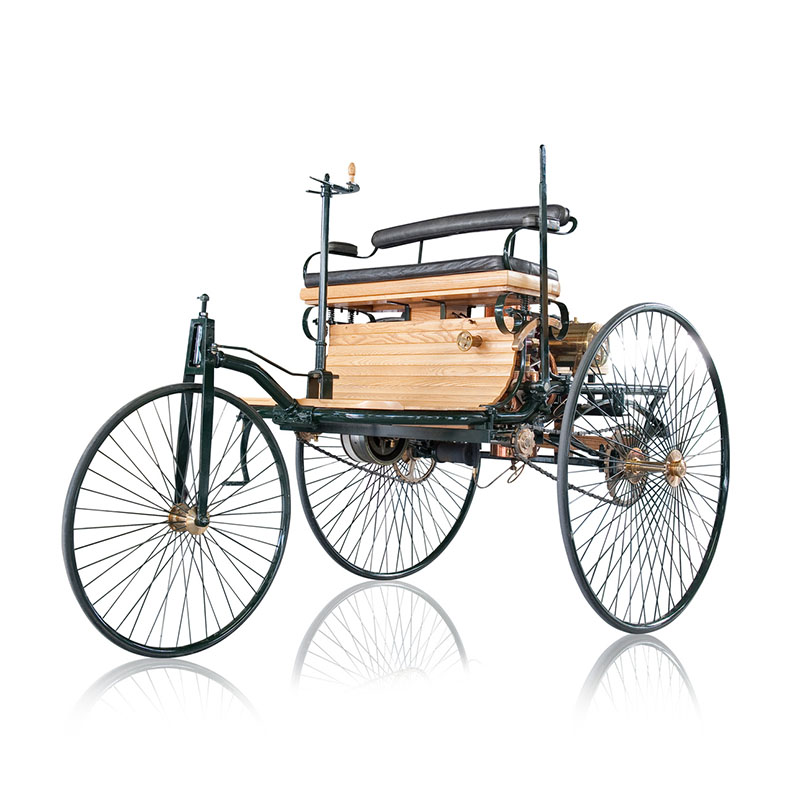Time and again we hear “progress needs diversity”. But a look at universities, labs, and R&D departments shows that most of the researchers are male. According to recent studies, the gender gap in science has narrowed in recent years, but genuine diversity looks much different. Studies show that – for patents alone – the EU average is twelve female inventors for every 100 inventors; in Germany, it is only six.
Visionary female inventors who made history
But it’s worth taking a look at recent history to see that often it is not the prominent male representatives of science and technology but women who have known how to use their unique talents creatively.
Lise Meitner, for example, was the one who initiated, supported, and ultimately correctly interpreted Otto Hahn’s experiments and observations in nuclear fission in the 1930s. The first scientific explanation of why uranium atoms split when bombarded with neutrons came from her. The Austrian woman was thus at the forefront of research into radioactivity. The Nobel Prize, however, went to Otto Hahn after the end of the Second World War. Meitner was left empty handed.
Bertha Benz played a crucial part in the development of the automobile by helping to get the invention of the “Benz patent motorcar” off the ground. In 1888, she and her sons took a trip of almost 13 hours from Mannheim to Pforzheim to demonstrate that the vehicle was fit for use in practice. This first performance test led to further improvements in the car’s design – and ultimately to its commercial success. This makes Bertha Benz not only the first female car driver, but the first person ever to venture beyond short test drives.
Nobel Prize 2020 for women who discovered genetic scissors
And today? The female Nobel laureates of 2020 stand out as examples of important female researchers. In 2012, Emmanuelle Charpentier and Jennifer Doudna discovered a molecular tool with which double-stranded DNA – in which our genetic material is stored – can be cut and thus altered with extremely high precision. With their discovery, the two scientists have improved the chances of curing diseases and treating hereditary diseases. American astronomy professor Andrea Ghez was honored “for the discovery of a supermassive compact object at the heart of the Milky Way”. This makes her only the fourth woman to win the Nobel Prize in Physics: after Marie Curie in 1903, it was 60 years before Maria Goeppert-Mayer won. More decades passed before Donna Strickland received the prize in 2018.
So there is still a long way to go before we see more diversity and equality in science. But female role models like these do at least open our eyes and show that there has always been a strong female drive behind research and progress.
(Image: peshkov – AdobeStock.com)


